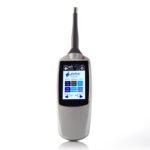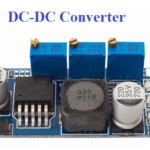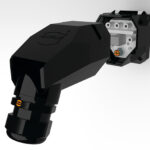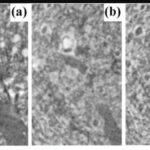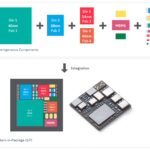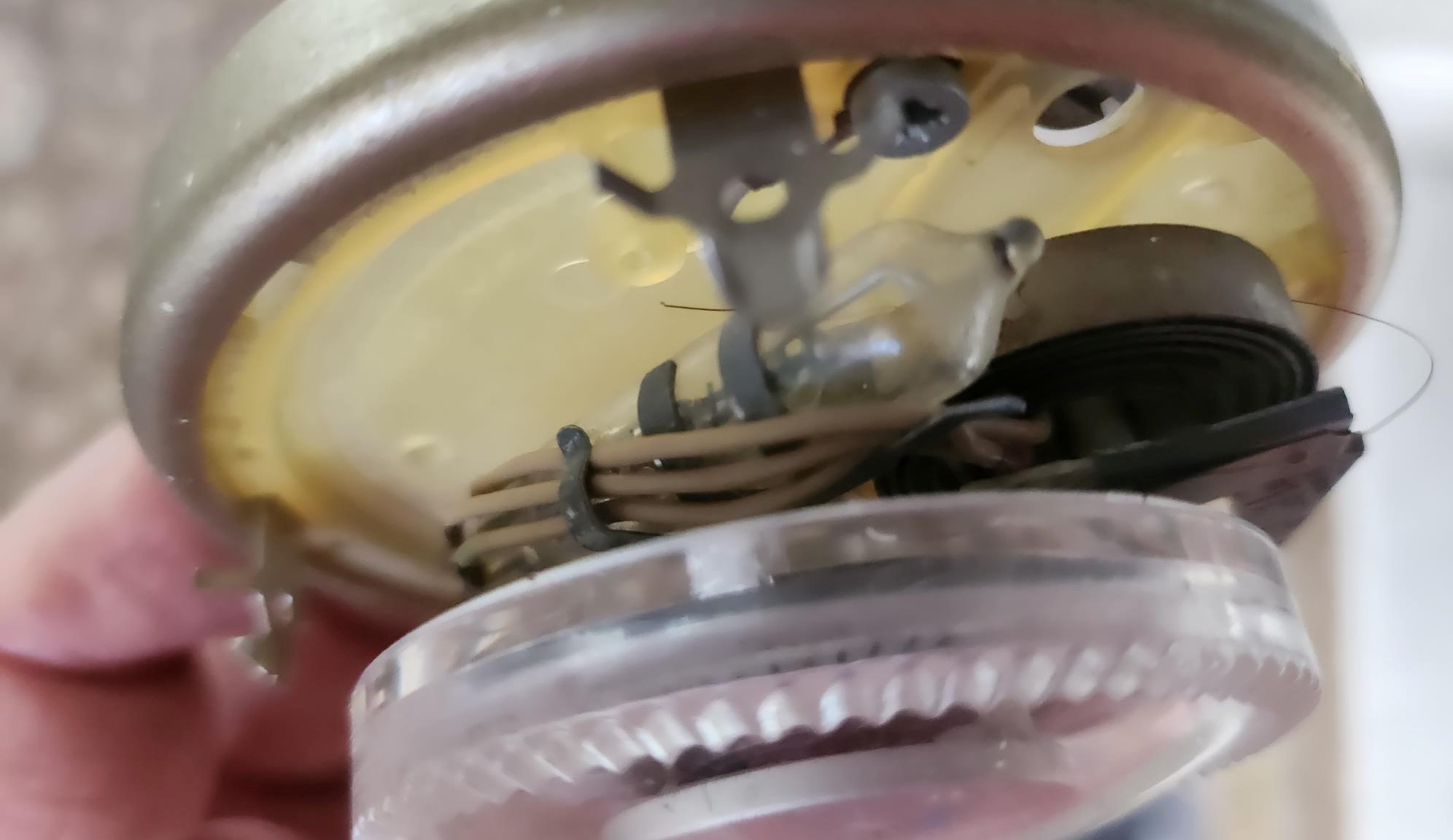 Some of the earliest uses for sensors that emerged over a hundred years ago involved direct actuation for control. Think of the mercury thermostat. A thermally responsive coil moves with changes in temperature and tilts a mercury chamber until it closes a set of contacts to turn on a heater in the home or office building. Once a preset limit is reached, the contacts open to turn off the heater.
Some of the earliest uses for sensors that emerged over a hundred years ago involved direct actuation for control. Think of the mercury thermostat. A thermally responsive coil moves with changes in temperature and tilts a mercury chamber until it closes a set of contacts to turn on a heater in the home or office building. Once a preset limit is reached, the contacts open to turn off the heater.
Similarly, in an automobile, a vacuum or pressure-sensing chamber with a rod that moved with pressure changes, such as a dashpot, could open, close, or regulate a valve in a carburetor or other mechanism.
The readings/measurements/results of these sensing devices were not amplified, transmitted, or interpreted by additional electronics and certainly not interfaced with a computing device. Unlike today’s sensing devices, these early sensors were strictly electromechanical with a strong emphasis on the mechanical aspect. They provided what control theory calls a bang-bang controller. The sensor provided the feedback with a specified set point for the control mechanism to change from one state to another. Opening or closing contacts by sensing some physical change advanced to using a potentiometer to obtain finer control. Using power, pressure, speed, or temperature as the sensed parameter, the directly actuated device, also called a regulator, could provide a steady, regulated control.
Dating back to 1911, the canary in the coalmine sensor detected hazardous levels of carbon monoxide in the air in the mine. The two-step process involved: (1) see fallen canary; then (2) move feet quickly towards exit. (Note canaries were often resuscitated after falling.) This biology-based chemical sensor was ultimately replaced in 1986 by an electronic nose.
It is often interesting and useful to reflect on these earlier sensing techniques, especially when considering a product with many sensors such as a smartphone. These sensors can be combined to provide far greater and more precise control using sensor fusion and other advanced control techniques. Modern sensors in a top end smartphone can include:
- Accelerometer
- Gyroscope
- Magnetometer
- Global Positioning System (GPS)
- Proximity Sensor
- Ambient Light Sensor
- Microphone
- Touchscreen Sensors
- Fingerprint Sensor
- Pedometer
- Barcode/QR Code Sensors
- Barometer
- Heart Rate Sensor
- Thermometer
- Air Humidity Sensor
- Geiger Counter
- Soli sensor
Connecting the smartphone to a smartwatch that is much smaller can add a few more sensors to the list. Based on bioelectrical impedance (or bioimpedance) analysis (BIA), these sensors can include:
- Photoplethysmogram (PPG),
- Electrocardiogram (ECG),
- Skin temperature,
- Galvanic skin response (GSR)
With artificial intelligence (AI) and cloud connectivity, the input from these sensors can provide context as well as suggestions and additional responses, including predictions, for users. For example, Google’s Soli sensor uses radar’s electromagnetic waves to detect a person’s precise gestures and movements. It has already demonstrated the ability to detect and interpret simple hand gestures so the user, on a preprogrammed basis, could activate snooze alarms or pause music without physically touching the smartphone. R&D engineers have already imagined and taken the next steps toward making the technology capable of sensing and interpreting everyday movements to make new kinds of choices and take even greater actions.
References
Ronald K Jurgen, Auto Electronics Handbook, 2nd Edition
https://www.smithsonianmag.com/smart-news/story-real-canary-coal-mine-180961570/
https://www.gotechtor.com/smartphone-sensors/
https://www.wired.com/story/google-soli-atap-research-2022/

